Why buy dishwashing and laundry detergent when you can make your own for half the cost? It’s super easy, too. Plus, if you make your own detergent, you get to control what goes in it—perfect if you have kids with skin allergies.
Cleaning dishes and laundry is a necessary chore in any household, but the cost of buying commercial detergents adds up quickly. Plus, many store-bought detergents contain harsh chemicals that can be harmful to both the environment and your health. Luckily, there is a simple solution: make your own detergent tabs.
I’ll show you how to create your own eco-friendly and cost-effective dishwashing and laundry detergent tabs using natural ingredients that you probably have in your pantry. Not only is making your own detergent good for your wallet and the planet, but it’s also a fun and satisfying way to take control of your cleaning routine.
For deals on everything you need to make this project happen, download the Krazy Coupon Lady app. Check out these quick and easy cleaning hacks to make the rest of your home sparkle.
What You Need to Know about DIY Laundry and Detergent Tabs

DIY tabs are best for light cleaning.
It’s important to note that these recipes don’t contain any surfactants like commercial dishwashing and laundry detergents. So, while they work well for light cleaning, they may not be as effective for heavily soiled dishes and clothes. And, it’s a good idea to test it in your own dishwasher and washing machine to ensure they work well for your specific needs.
No, ammonia can’t be used in place of vinegar.
Ammonia and vinegar are both common household cleaning agents, but they’re not interchangeable. Vinegar is acidic, while ammonia is alkaline. Ammonia can be used as a laundry booster, but it shouldn’t be mixed with other cleaning agents, like bleach, because it can produce harmful fumes.
In laundry detergent tabs, white vinegar is often used to soften clothes and remove odors. It can also help to brighten clothes and remove stains. Ammonia doesn’t have the same properties and isn’t typically used in DIY laundry detergent recipes.
There are a few reasons why DIY tabs aren’t as firm.
If you’ve experienced crumbly DIY tabs, there are a few reasons why. Here are the possible causes:
Insufficient Binding Agent
Detergent tabs require a binding agent to hold the ingredients together. Our recipe has limited binding agents (i.e., dish soap, vinegar), so the tabs may not hold together as store-bought ones. Still effective, though!
Incorrect Proportions
If you don’t measure the recipe’s ingredients properly, it can affect the texture of the detergent tabs. Too much of one ingredient or too little of another can cause the mixture to be too dry or too wet, which can result in crumbly tabs.
Inadequate Drying Time
After making detergent tabs, let them dry completely before using or storing them. If they aren’t given enough time to dry, they can become crumbly or break apart.
Moisture Exposure
Detergent tabs can be sensitive to moisture, so it’s important to store them in an airtight container in a cool, dry place. If they’re exposed to humidity or moisture, they can become soft or crumbly.
With some trial and error, you should be able to achieve the desired texture and effectiveness for your DIY laundry and detergent tabs.
Yes, you can use DIY tabs in a high-efficiency washing machine.
DIY laundry detergent tabs can typically be used in a high efficiency (HE) washing machine, but check the ingredients to make sure they’re compatible with your machine. HE machines use less water and require specially formulated detergents that are low-sudsing and quickly dissolve in water. Excessive suds can damage the machine and affect the cleaning performance.
If you’re weary about DIY tabs, place a single tab in a small load of laundry and run it through a cycle. If there are no issues, like excessive sudsing or residue on the clothes, it’s likely safe to use in your HE machine. It’s always a good idea to consult the manufacturer’s instructions for your specific machine and the detergent you plan to use to ensure compatibility and optimal performance.
Seriously, DIY laundry pods are cheaper than buying them.
The cost to make DIY laundry pods can vary depending on the recipe and the cost of ingredients in your area. Here’s an approximate breakdown of the cost to make a batch of 28 DIY laundry pods (recipe is further down):
- Washing soda: $0.89 for 1 1/2 cups
- Laundry soap bar: $2.80 for 1/2 cup
- Epsom salt: $0.21 for 2 Tbsp
- Hydrogen peroxide: $0.03 for 3 Tbsp
- White vinegar: $0.14 for 1/4 cup and 2 Tbsp ($1.28, 32 oz)
Total cost: Approximately $4 for DIY 28 laundry pods, which is about $0.15 per pod.
By comparison, a 25-count, 42-ounce container of Tide Ultra Oxi Power Pods at Target is priced at $13 ($0.52 per pod), so making them yourself can potentially save you nearly 70%! Keep in mind that costs vary depending on the ingredients (and the cost of electricity or gas used to heat water and run the washing machine).
Related: A Suds Showdown: Gain vs. Tide Detergent Prices
How to Make Dishwashing Detergent Tabs
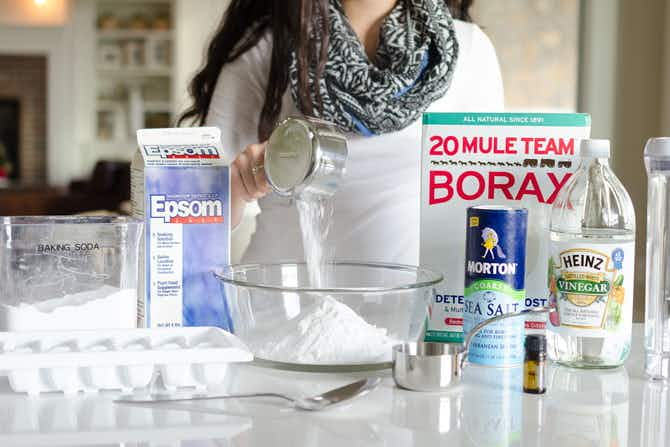
What You’ll Need
- 2 cups baking soda
- 2 cups Borax
- 1/2 cup Kosher or Epsom salt
- 1/2 cup vinegar
- 2 ice cube trays
- Large container for storage
- 15–20 drops lemon essential oil (optional)
Directions
1.In a large bowl, mix all of the ingredients together. Don’t be alarmed if the vinegar causes a bit of fizzing—this is normal.

2. Baking soda cuts grease, Borax acts as a disinfectant, the salt helps reduce the effects of hard water, and vinegar aids in binding the ingredients, plus extra cleaning power. The essential oils are optional, but it helps make things smell fresh.
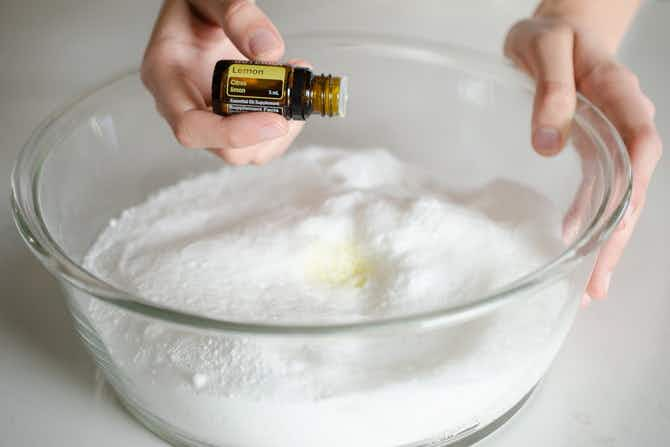
3. The ingredients should start clumping together once they’ve been well combined.
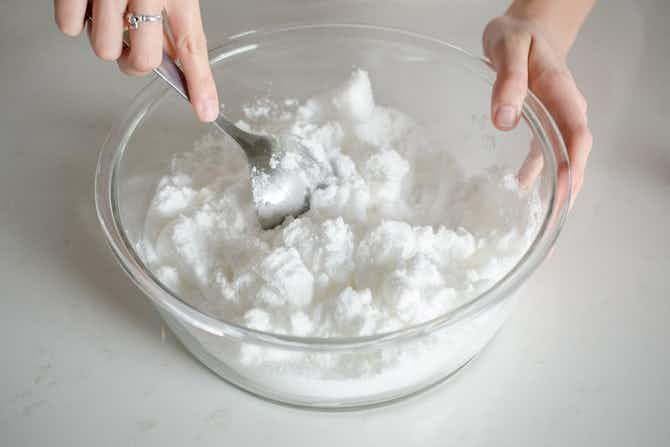
4. Firmly pack the mixture into two ice cube trays.

5. Let the cubes sit in their ice cube trays for at least 24 hours. Place in a dry, sunny spot for best results.

6. After 24 hours, or once they’re dry and hard, remove them from the ice cube trays and store in a lidded container.

How to Use Dishwashing Detergent Tabs
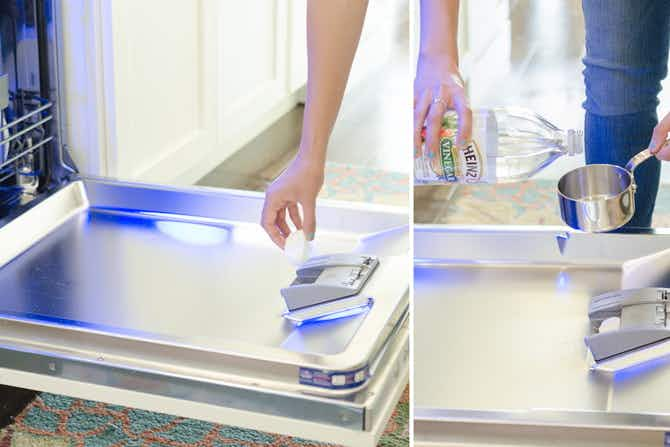
Add one tab to your dishwasher’s detergent compartment. If you have hard water, add 1/2 to 1 cup of vinegar to the bottom of your dishwasher to help prevent cloudy glasses and dishes. This recipe should make 32 tabs.
Note: If the inside of your dishwasher is stainless steel, check your dishwasher’s manual to ensure vinegar can safely be used as a dishwashing aid.
Adapted from: One Good Thing by Jillee
Related: Here’s How to Clean a Dishwasher With Vinegar (Hint: It’s Easy)
How to Make Laundry Detergent Pods
What You’ll Need
- Grater
- Parchment paper
- Rounded 1 Tbsp measuring spoon
- Spray bottle
- 1 1/2 cups washing soda
- 1/2 cup laundry soap bar, grated
- 2 Tbsp Epsom salt
- 3 Tbsp hydrogen peroxide
- 1/4 cup and 2 Tbsp white vinegar, separated
- Water
- 15-20 drops of essential oil, such as lavender or jasmine for fragrance (optional)
- Resealable bag or container for storage
Directions
- Place washing soda, grated laundry soap, and Epsom salt in a mixing bowl.
- Add hydrogen peroxide to the bowl and give the ingredients a good stir.
- Add 1/4 cup vinegar to the bowl. Then, if you want your homemade pods to smell nice, add 15-20 drops of essential oil, such as lavender or jasmine, to the mixture. Stir all the ingredients together. The mixture should resemble wet sand and clump together when you press it.

FYI: The washing soda in this recipe will refresh your clothes, the Fels-Naptha will remove stains, and Epsom salt will prevent detergent buildup in your washer. Hydrogen peroxide and vinegar brighten and preserve the colors in your laundry.
- Cover a cookie sheet with parchment paper.
- Use a rounded 1 Tbsp measuring spoon to scoop the mixture out of the bowl and onto the cookie sheet. Leave a little space between each scooped out mound.

- Add 2 Tbsp vinegar and 2 Tbsp water to an empty spray bottle. Spritz the pods on your cookie sheet with the solution.
- Completely dry pods at room temperature for at least 8 hours before using.
How to Use Laundry Detergent Pods
One pod is good for a single load of laundry. This recipe should make about 28 pods. Store in a resealable plastic bag or a container with a lid.

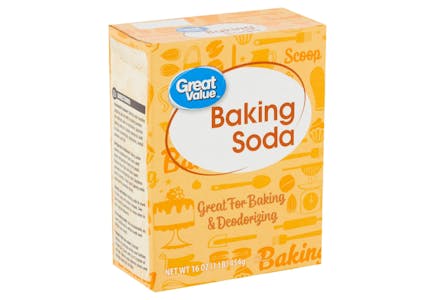

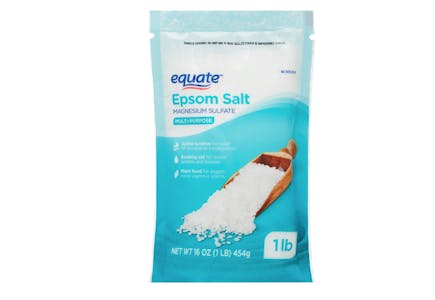
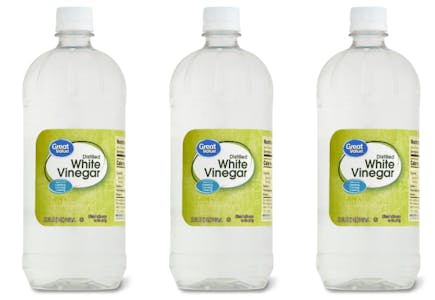
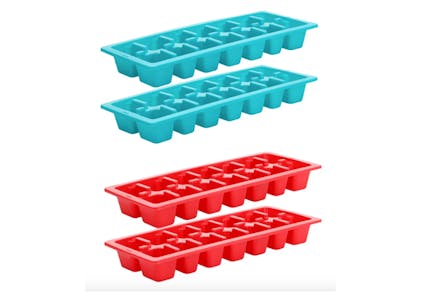




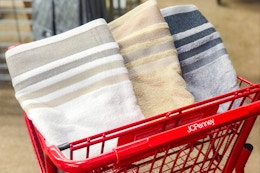
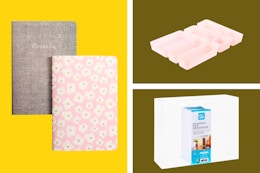

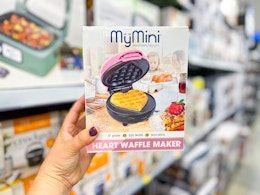
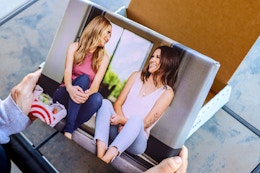



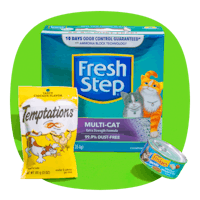

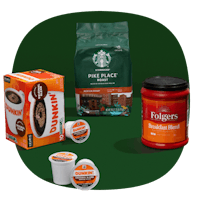
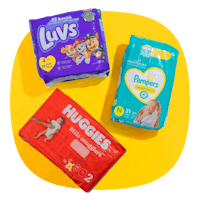
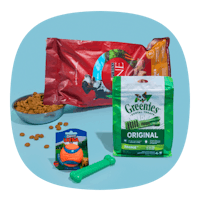
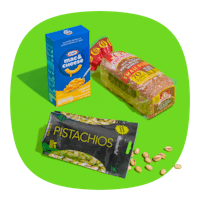
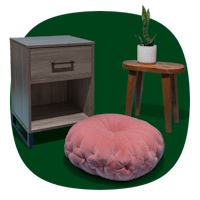
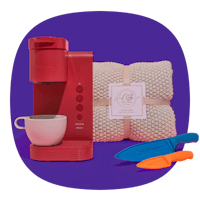
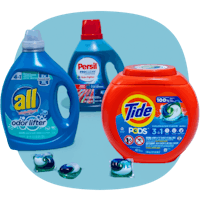
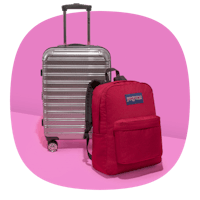

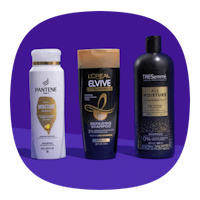


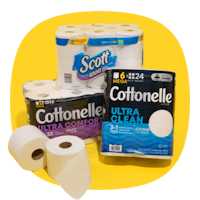
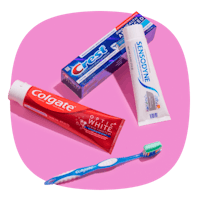


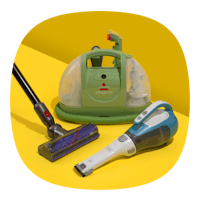

Tell us what you think